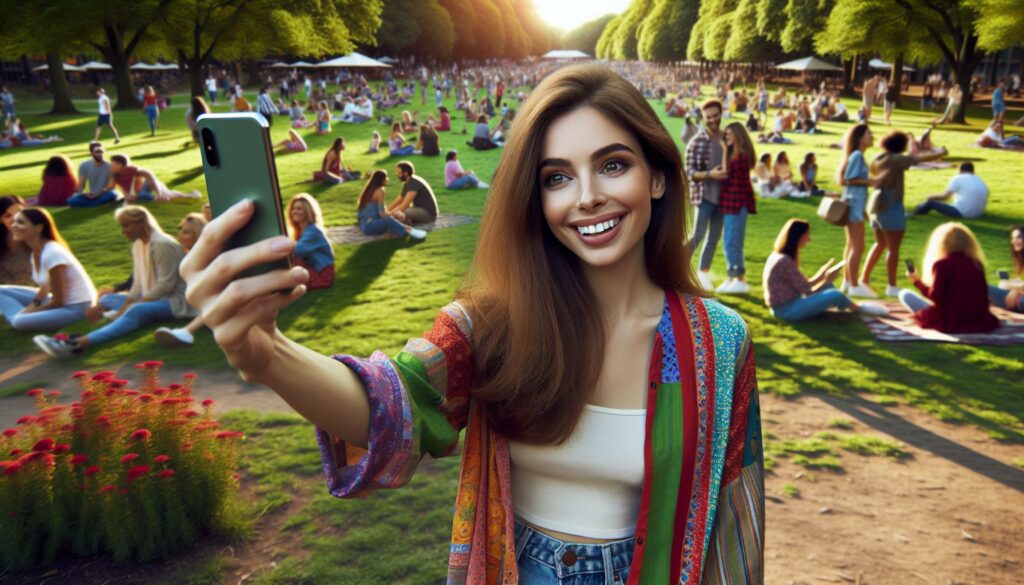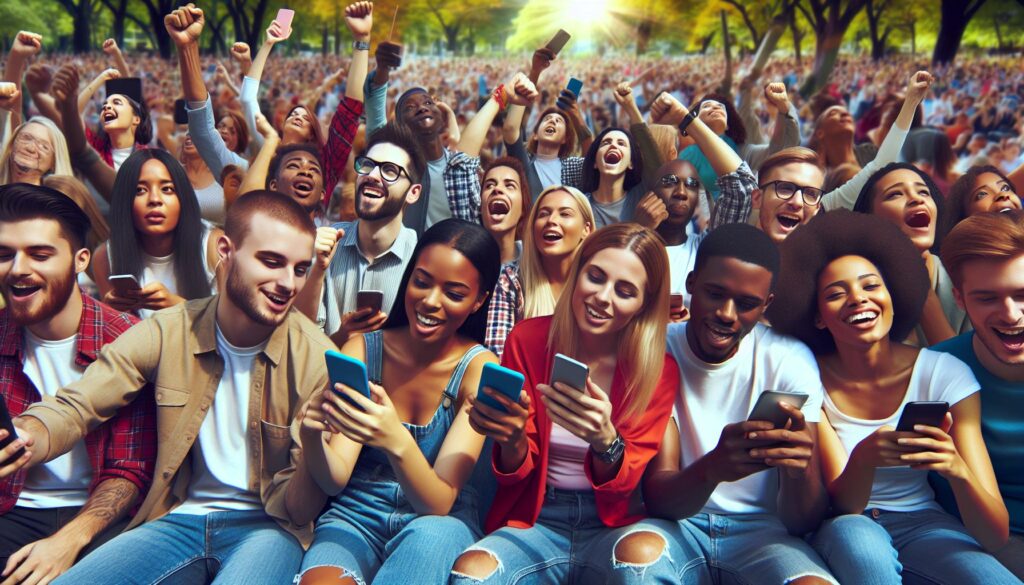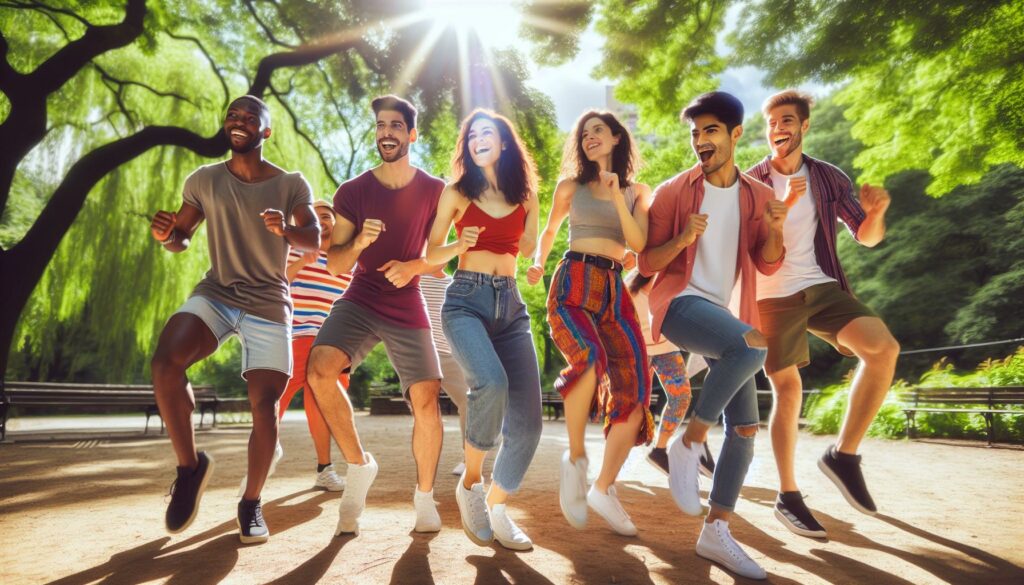In 2017, social media became the vibrant heartbeat of our digital lives, transforming the way people connect, share, and express themselves. From the rise of video content to the explosive popularity of ephemeral messaging, platforms were buzzing with creativity and innovation like never before. It was the year when memes reigned supreme and influencers turned into full-fledged celebrities, making everyone wonder if they could quit their day jobs to become the next viral sensation.
As trends evolved faster than a cat video can go viral, understanding these shifts was crucial for brands and users alike. Whether it was the growing importance of authenticity or the emergence of new platforms, 2017 was a wild ride that reshaped the social media landscape. Buckle up as we dive into the quirkiest and most impactful social media trends that defined the year and left a lasting mark on how we engage online.
Social Media Trends 2017
Social media trends 2017 experienced substantial evolution. Video content thrived, becoming a primary format for engagement across platforms like Facebook and Instagram. The trend of ephemeral messaging grew, with Snapchat paving the way for short-lived content that captivated users. Influencers gained substantial traction, often driving brand awareness and shaping consumer behavior through authentic interactions.
Memes became essential tools for communication. Users leveraged humor to connect and share thoughts, enhancing peer interactions and creating viral moments. Brands recognized the power of memes, integrating them into marketing strategies to resonate with younger audiences.
Emerging platforms also made waves. New apps catered to niche interests, attracting dedicated user bases and fostering unique online communities. Understanding these platforms became crucial for brands aiming to reach specific demographics.
Authenticity characterized the social media trends 2017. Users gravitated toward genuine content, emphasizing the need for brands to represent authentic messages. Transparency in marketing led to deeper connections between companies and consumers.
Data supports the shift toward visual content and user-generated material. Reports indicated a 1200% increase in video shares on social media platforms, reflecting user preferences. Statistics also showed that influencers drove 10 times more engagement compared to traditional advertisements. Brands that adapted to these shifts experienced greater success and user loyalty.
Awareness of these trends became vital for both brands and users. Acknowledging how these elements connect shaped the strategies needed for effective engagement in an increasingly competitive digital environment. Social media in 2017 transformed interactions by prioritizing dynamic content and fostering authentic relationships.
Key Platforms and Their Developments
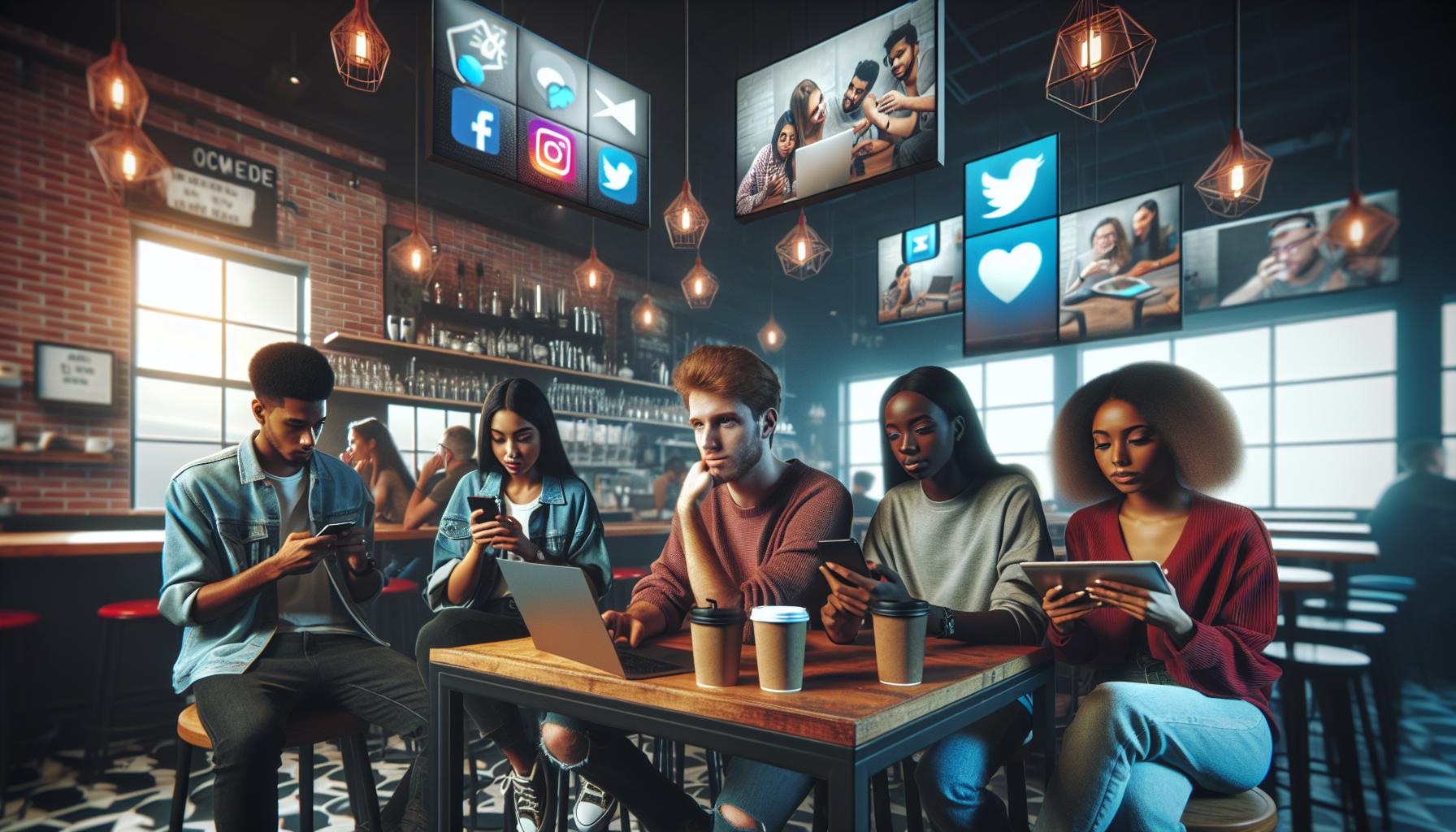
Social media trends 2017 underwent significant transformations, leading to diverse user experiences and brand engagement strategies.
Facebook Innovations
Facebook introduced various features to enhance user interaction. The platform focused on video content, resulting in a 1200% increase in video shares. Live streaming became a key component, allowing users to engage in real-time. Stories, a format borrowed from Snapchat, gained popularity, enhancing ephemeral content offerings. Advertisers gained access to more detailed analytics, helping them tailor campaigns effectively. Enhanced algorithms prioritized meaningful interactions, shifting away from passive consuming. Users increasingly favored visual content, prompting brands to invest in eye-catching videos and visuals.
Twitter Changes
Twitter made crucial updates to maintain user engagement. The character limit was expanded, allowing users to express thoughts more freely. Enhanced live video capabilities encouraged real-time conversations during events. Trends became more visible, surfacing popular topics for user exploration. Engagement saw growth through polls and threads, which fostered community discussions. Brands focused on quick customer service responses, adapting to the platform’s fast-paced nature. Credibility increased for influencer marketing, with influencers driving significant user interaction and brand credibility.
Instagram Growth
Instagram experienced remarkable expansion, driving user engagement with visually appealing content. The platform prioritized video, resulting in higher interaction rates. Stories provided a daily glimpse into users’ lives, further solidifying their presence. Influencer partnerships became a dominant marketing strategy, with brands securing influencers to connect with younger audiences. Shopping features transformed product discovery, seamlessly integrating e-commerce into the experience. User-generated content thrived, enhancing authenticity while driving brand loyalty. Overall, Instagram’s growth emphasized the importance of aesthetic and engaging content for effective social media strategies.
Impact of Influencer Marketing
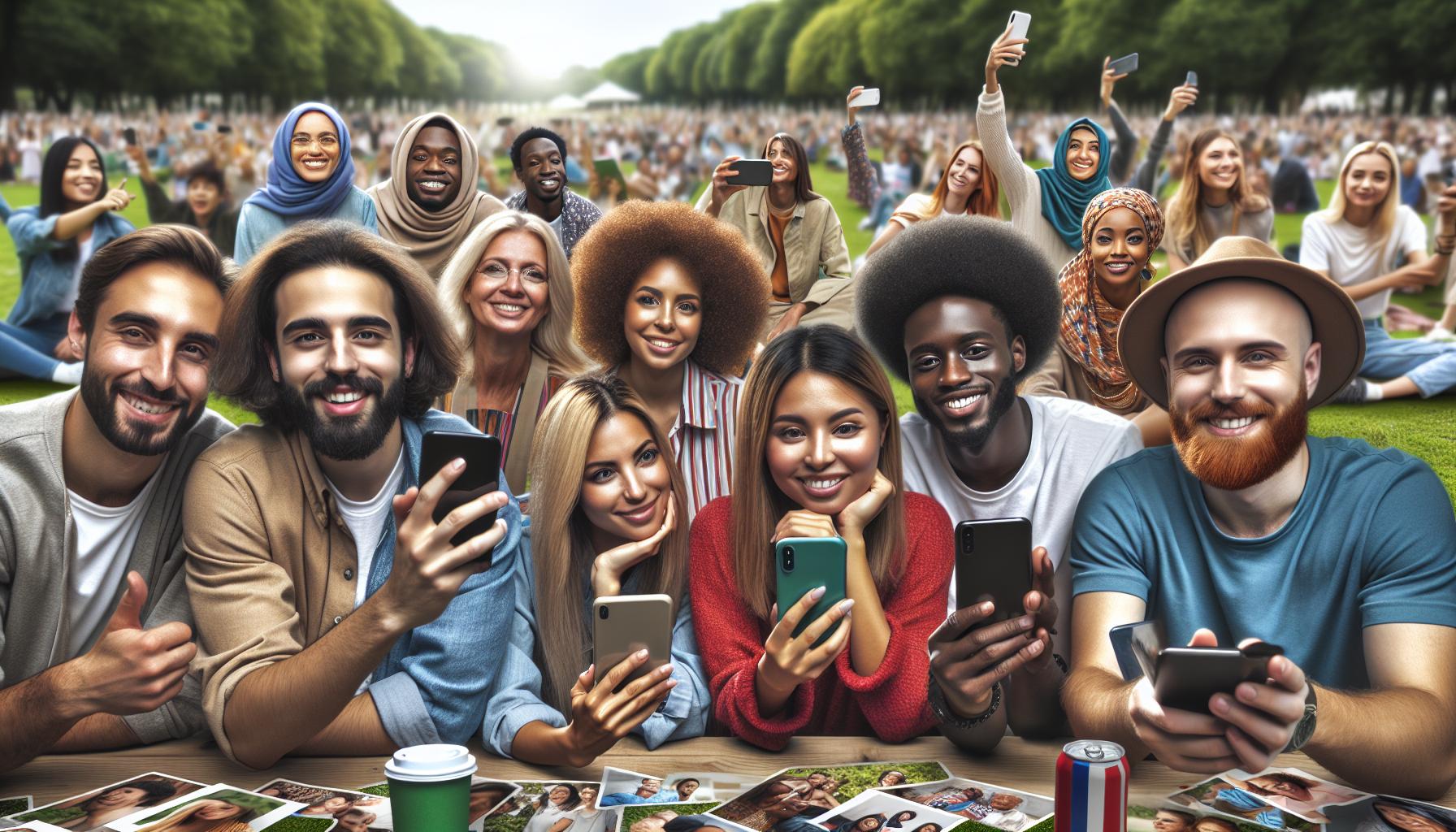
Influencer marketing saw significant growth in 2017, reshaping strategies for brand engagement. Brands embraced influencers, recognizing their power to affect audience perceptions and behaviors.
Rising Importance of Micro-Influencers
Micro-influencers emerged as key players in marketing campaigns. With follower counts ranging from 1,000 to 100,000, they offered higher engagement rates, often exceeding traditional influencers. Their authentic connections with niche audiences made them valuable assets for brands aiming to reach specific demographics. Micro-influencer collaborations resulted in more relatable content, enhancing brand trust. Studies indicated that this shift led to campaigns achieving up to 10 times more engagement than traditional advertising methods. Their ability to create a sense of community around brands marked a notable change in marketing dynamics.
Case Studies of Successful Campaigns
Successful campaigns illustrated the effectiveness of influencer marketing throughout 2017. One notable example involved a popular beauty brand partnering with micro-influencers for a new product launch. By leveraging their loyal followings, the brand saw a 300% increase in engagement and significantly boosted sales. Another case featured a fitness brand collaborating with multiple influencers, leading to an impressive 20% rise in online purchases during the campaign. These examples highlighted that influencers drive measurable results, making them essential for brands seeking authenticity and connection with their target markets.
User Behavior Changes
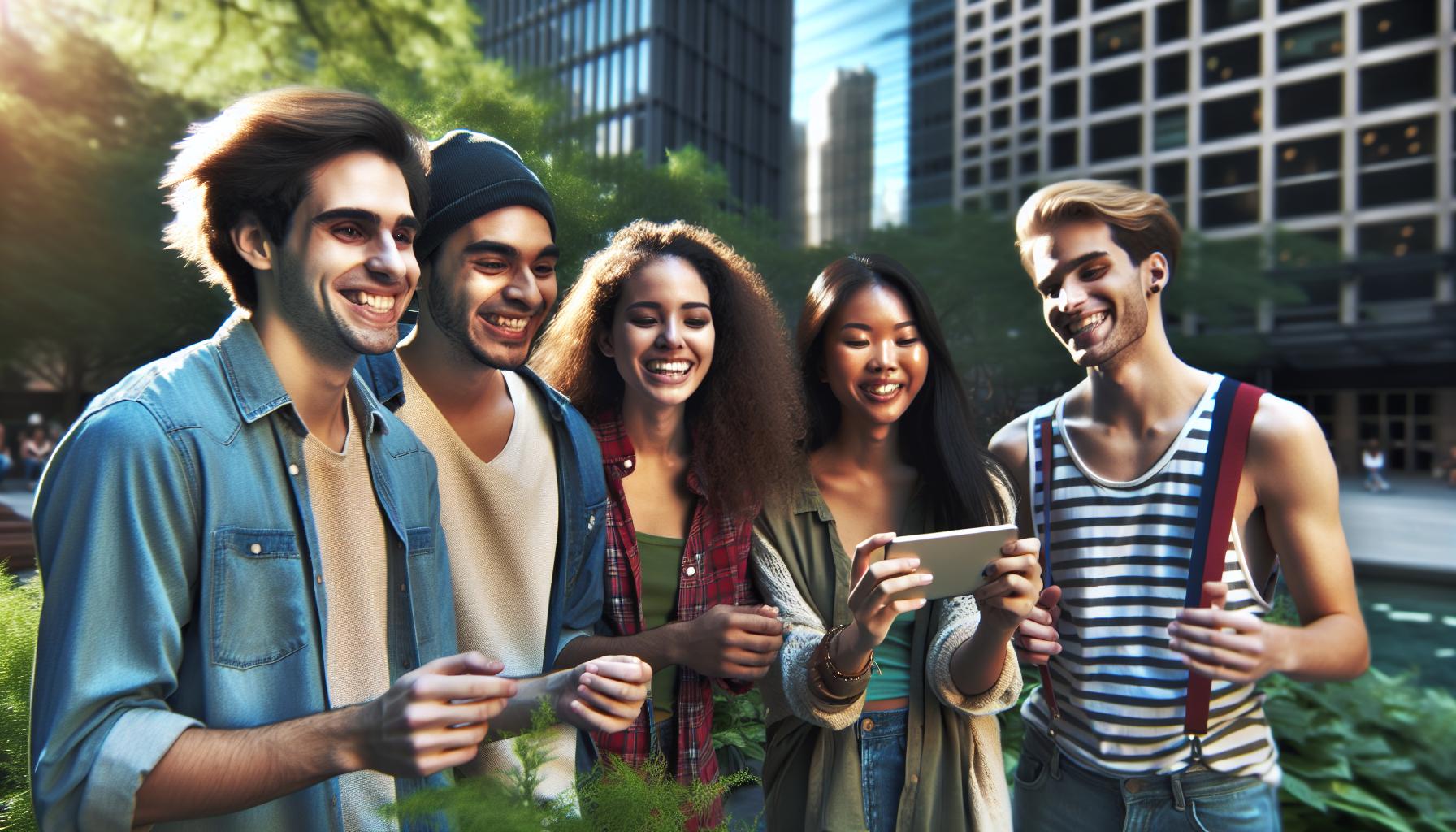
Social media in 2017 revealed significant shifts in user behavior, influenced by evolving content formats and engagement methods.
Shifts in Content Consumption
Viewers increasingly gravitated toward video content, reflecting a staggering 1200% increase in video shares. Statistics indicated that platforms like Facebook and Instagram became primary channels for video consumption. Users preferred short, engaging clips that conveyed messages quickly. Live streaming also gained traction, allowing real-time interaction and immediacy in content delivery. As ephemeral messaging rose, Snapchat led with its time-sensitive stories, enticing users to engage with content while it lasted. Brands adapted by focusing on these formats to capture attention effectively.
Engagement Patterns
Engagement on social media took on new characteristics in 2017. Influencers emerged as key figures, generating approximately ten times more interaction than traditional advertisements. Micro-influencers effectively connected with niche audiences, fostering deeper relationships and conversations. Data highlighted that authenticity played a crucial role, with users favoring relatable content over polished ads. Users engaged more with brands that embraced genuine interactions. Community discussions flourished, particularly on platforms like Twitter, where real-time conversations amplified engagement. Understanding these patterns became indispensable for brands aiming to connect meaningfully with their target demographics.
Emerging Technologies in Social Media
Emerging technologies shaped social media in 2017, enhancing user engagement and interaction.
Virtual Reality and Augmented Reality
Virtual reality (VR) and augmented reality (AR) introduced new dimensions to social media experiences. Brands embraced these technologies to create immersive content that captivated audiences. For instance, platforms like Facebook and Snapchat integrated AR filters, allowing users to experience interactive elements in their photos and videos. Engagement metrics skyrocketed as users interacted with these features, leading to memorable moments shared across networks.
Chatbots and Automation
Chatbots and automation transformed customer service on social media platforms. Businesses leveraged these tools to streamline communication, providing instant replies to common inquiries. Organizations noted a significant drop in response time, enhancing customer satisfaction. As engagement increased, companies reported higher conversion rates from automated interactions, proving the effectiveness of chatbots in modern marketing strategies. Users appreciated timely answers, fostering deeper connections to brands in the process.
Pivotal Shift in How Individuals And Brands Interact
Social media trends 2017 marked a pivotal shift in how individuals and brands interact. The emphasis on video content and authentic connections reshaped engagement strategies across platforms. As ephemeral messaging and influencer marketing gained traction, brands learned to adapt to these evolving dynamics.
Emerging technologies like VR and AR introduced fresh opportunities for immersive experiences, enhancing user engagement. The rise of micro-influencers highlighted the importance of niche audiences and genuine interactions.
Understanding these trends is essential for navigating the ever-changing landscape of social media. Brands that embraced authenticity and innovative content formats not only connected with their audiences but also thrived in an increasingly competitive environment.

